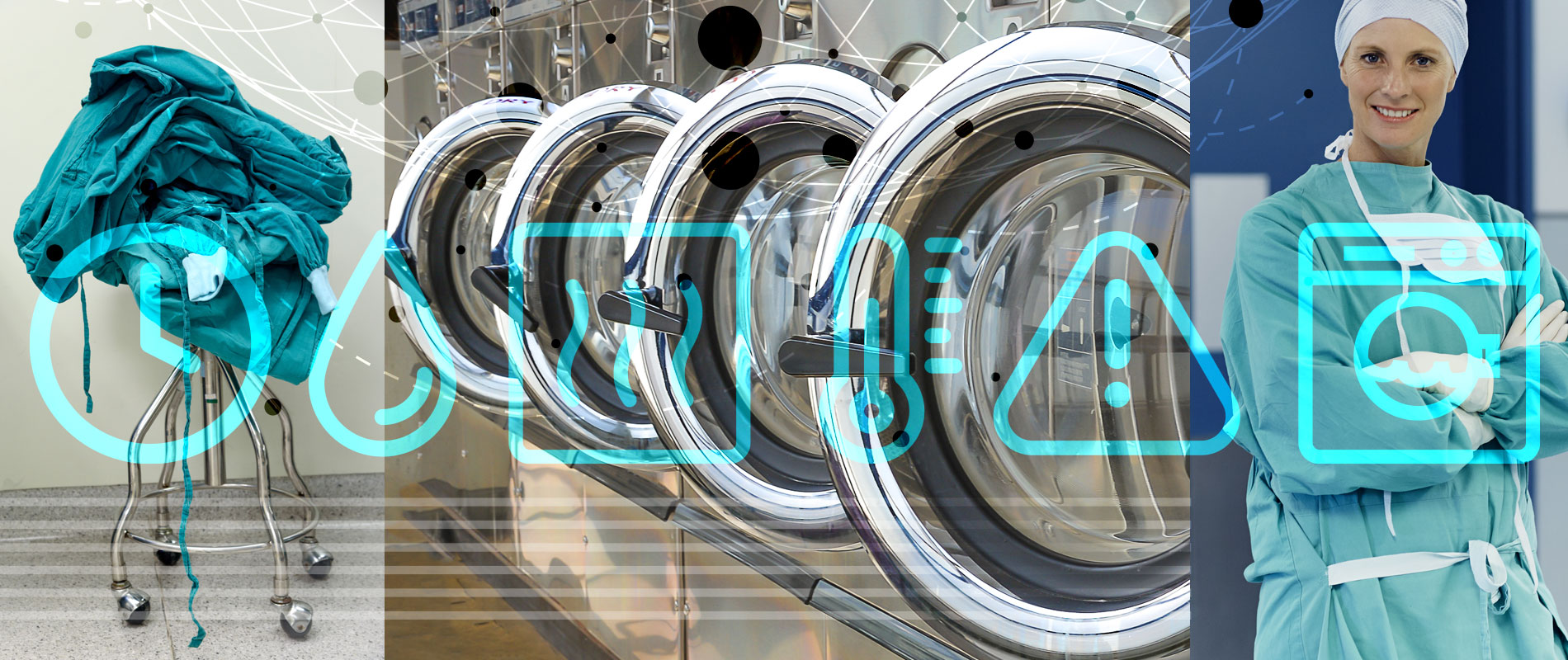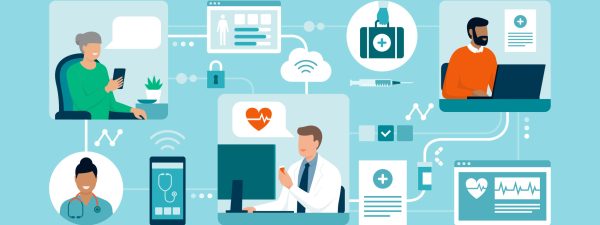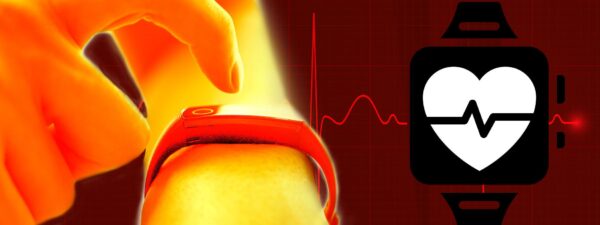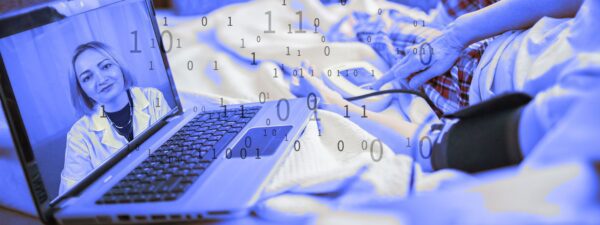Businesses around the world are embracing Industry 4.0 — also known as the Industrial Internet of Things (IIoT) — by embedding technology in physical applications to help managers improve overall process flows. It is no different in the healthcare sector, where the Internet of Medical Things (IoMT) is utilized for COVID-19 response, telehealth, and even hospital disinfection.
In the healthcare sector, hospital laundry costs account for 2-3% of the overall budget, facility management has a choice on doing the laundry in-house or outsourcing the washing of items such as bedsheets, blankets, towels, uniforms, scrub suits, and gowns to a contractor.
An in-house setup brings with it revolving costs such as utilities, chemicals, maintenance, and repair. However, should the service be outsourced, it is likely that the selected contractor also faces such costs which would ultimately be passed on to their client, the healthcare facility.
While outsourcing laundry removes the hospital’s responsibility for managing the process and the need for a dedicated laundry room, it does leave it bound to the contractor’s inflexible turnaround times and the potential for service interruption. Meanwhile, in some cases, mass cleaning methods, such as the use of a higher concentration of hydrogen peroxide at greater temperatures, cause chemical and mechanical damage to towels, linen, and other fabrics which leads to more frequent replacement and subsequently increases costs.
There is a clear need within the healthcare sector for chemical dosing systems that have the capacity to handle high load demand across multiple machines while maintaining precision and consistency over longer periods. Operators in the healthcare sector are increasingly specifying web-enabled pump systems for commercial laundry machines within sites such as hospitals and nursing homes.
Stubborn soiling is common in a typical healthcare facility–and infection control is paramount and heavy. Only the highest standard of laundering is acceptable in order to properly protect patients, residents, and staff. IoT-ready dosing and control systems can help operators to consistently achieve this over the equipment’s lifespan.
A major draw of IoT is that features such as intelligent auto-tuning sensors and online step-by-step technical support can accelerate installation, setup, and commissioning and reduce associated time and costs.
During operation, data is harvested on multiple pump values, including wash cycle status, chemical consumption, and equipment performance. The information can be accessed in real-time via a cloud-based platform thanks to the system’s built-in web server.
With this vital information at their fingertips, users can program and adjust wash formulas, maximum flow rate, units of measure, and other parameters. They can also select pump operating modes to optimize performance and minimize chemical consumption.
IoT allows specific component performance and status for assessment. Staff can be alerted that a part is due for replacement, for example, and have it changed before it fails and causes expensive unplanned downtime. For healthcare sites operating on tight budgets, this would allow them to avoid using contract laundry services as a stop-gap which would, on a short-term basis, prove expensive.
Meanwhile, the prevalence of data logging and analysis means laundry machine manufacturers are able to monitor trends, user preferences, and common problems over time in order to refine equipment and improve their product offerings. This ultimately benefits the staff, who get to operate the latest, most advanced laundry-dosing equipment and utilize new features that improve wash performance and chemical consumption.
It’s not only the efficiency of equipment and utilities that can be improved. For those managing public and private healthcare facilities across multiple sites (which may be in different countries or even continents), IIoT means operations management can achieve the same kind of quality washing, no matter where they are in the world.
As the global healthcare sector looks towards a post-COVID future, the benefits of IoT provide healthcare teams today with the ability to take control of in-house laundry costs, helping to deliver reliability and confidence at a time of great uncertainty.




